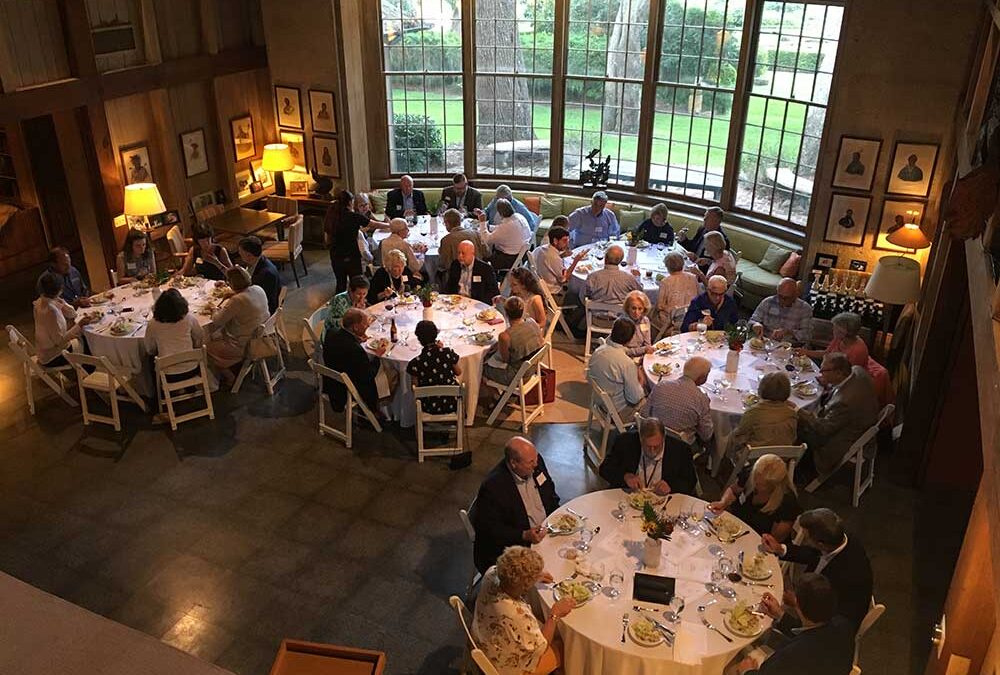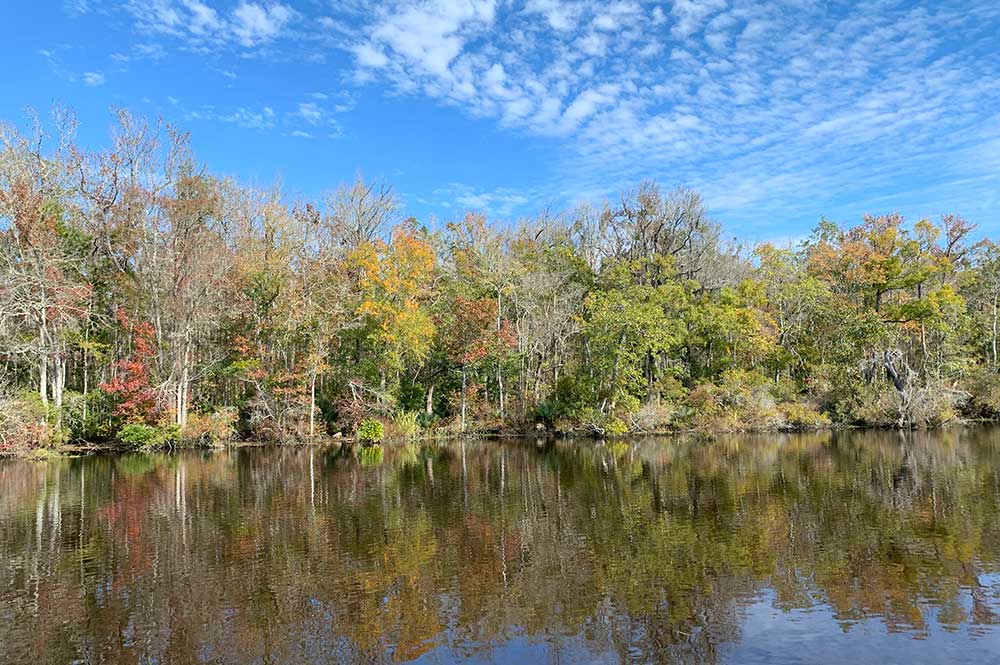
by lizzi | Dec 11, 2019 | News & Updates, Newsletter Vol. 7
Co-hosted by Stewards of the Georgia Coast and the Communities of Coastal Georgia Foundation, the Conservation Donors Roundtable has become an annual tradition in the Golden Isles. Roundtable hallmarks include an audience between 45 – 50 people, great fellowship and...

by lizzi | Dec 11, 2019 | News & Updates, Newsletter Vol. 7
In 1879 the salt marshes east of Brunswick inspired Georgia poet Sidney Lanier to compose “The Marshes of Glynn,” a poem later memorized statewide by generations of Georgia schoolchildren. Undoubtedly, many of these children had never seen the marshes for themselves....

by lizzi | Dec 11, 2019 | Donor Profiles, Newsletter Vol. 7
A native of Saint Simons Island, Bill Strother has a special vantage point from which to observe and enjoy the Satilla River: the high bluffs of 1700-acre Ivanhoe Plantation – a varied landscape of marsh, fallow rice fields, pine forest, and wetland hardwood nestled...

by lizzi | Dec 11, 2019 | Newsletter Vol. 7, Project Profiles
Cabin Bluff, approximately 11,000 acres located three miles south of the mouth of the Satilla and adjacent to Cumberland Island, is a lush, highly diverse landscape of salt marsh, tidal creeks, pristine maritime forests and fire-managed pine flatwoods. This large,...

by lizzi | Dec 11, 2019 | Newsletter Vol. 7, Project Profiles
By Dorinda Dallmeyer Like all of Georgia’s coastal rivers, the Satilla has served as a pathway to the interior for hundreds of years. The early Native Americans hunted in its rich forests. In the 1500s, the French explorer Jean Ribault called it “Riviere Somme,” a...

by lizzi | Dec 11, 2019 | Newsletter Vol. 7, Project Profiles
By Dorinda Dallmeyer Rising from a lake four miles east of Fitzgerald, the Satilla River winds over 260 miles in extravagant loops across the Coastal Plain until it meets the Atlantic at St. Andrews Sound between Jekyll and Little Cumberland Islands. Because its 4,000...







